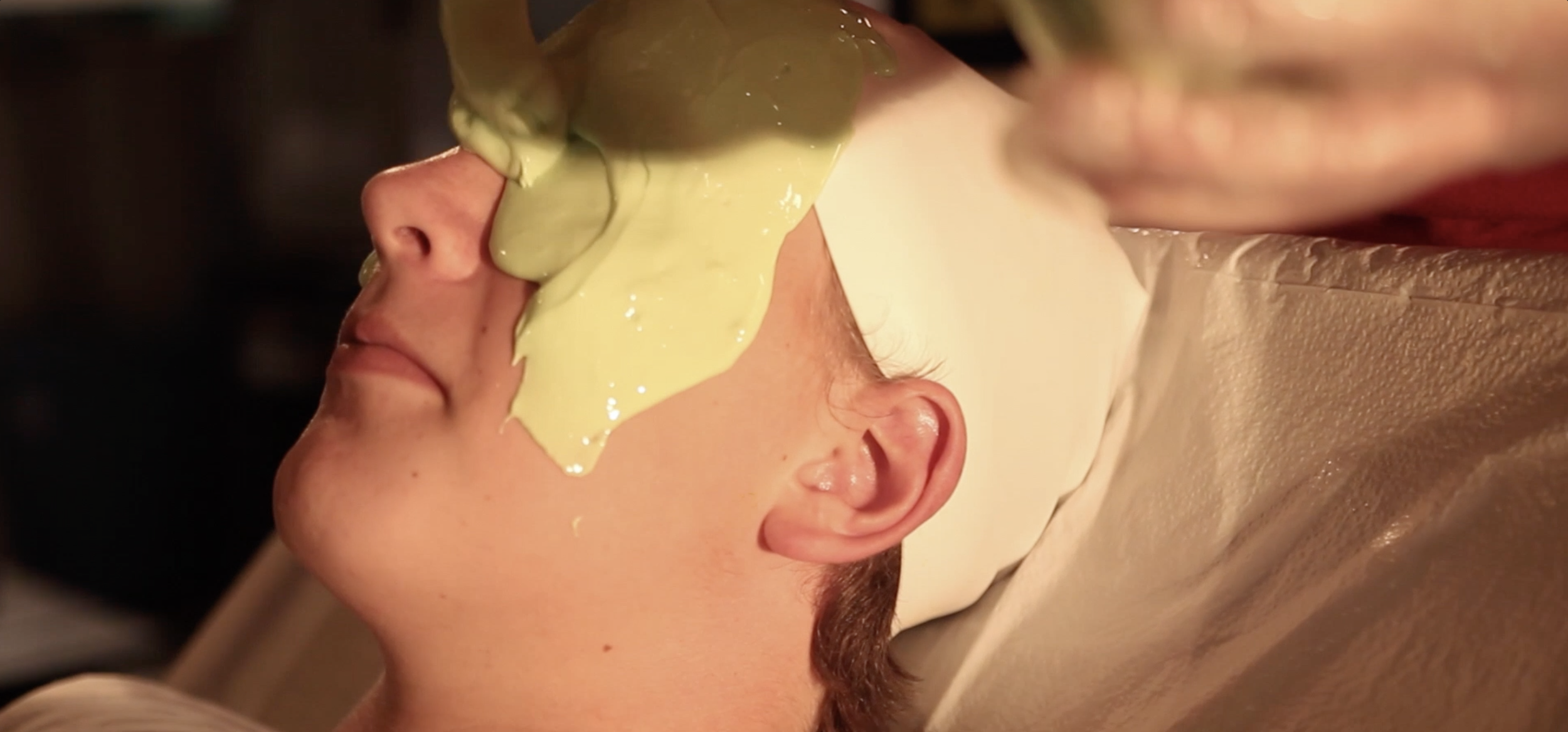
The Making of Familial Taxonomy
The Making of Familial Taxonomy
This piece was inspired by a piece I had made previously: ‘Genetic Masks’. ‘Genetic Masks’ was a series of glass masks that conformed to the shape of a child’s face. The parent of that child would then wear the mask to see how their features aligned. This piece is obviously not a scientific way of understanding the genetics of passed down facial features, but rather a visual representation of how physical features change from generation to generation. After this project I wanted to continue visualizing family similarities and differences. This is when I started working on Familial Taxonomy. The project I wanted to create was very big, still the biggest single piece I have made to date. Big pieces are expensive to create, so one of my professors suggested I apply for a research grant to cover at least some of my costs. After compiling a more concrete plan, details of inspiration and a review of my experience in glass I sent in my grant application. A few months later I was in shock to see that I not only received the grant, but was awarded the highest budget for that year's selected artists. I immediately started making tests for the project.
I went through a lot of prototyping to understand how I wanted the piece to be displayed. I originally wanted to make thin face casts, using methods, like pate de verre or blow molding. However, the rate of failure was high and hanging a thin piece of glass is very difficult. From the beginning I had to think about the display of this piece. The way a piece is displayed has a big impact on how you need to make it. I knew from the beginning that I wanted the piece to hang or come out of the wall, immersing the viewer in the piece. But, I also had to take into account the place where the piece was going to be displayed. Could the walls hold heavy pieces of glass, especially if they were coming off the wall by up to 2 feet? no they definitely couldn’t. But the ceiling had movable scaffolding for the lights, so hanging from the ceiling was the better option. With this information I was able to deduce that I needed to make solid glass faces, so I could glue hardware to the back in order to hang each face. I had cast faces of some of my family members the previous year on vacation, so I started experimenting with different solid casting methods. I eventually found the method that worked best, Hot casting. (you can read more about hot casting here)
Once everything was tested, I was ready to cast the rest of my family. I sat down with my grandparents and went through our family tree. We wrote up an email together and waited for the responses. Most everyone was very excited to participate and somehow all 30 of us got our schedules together and found a 2 week window when everyone was available. I had to cast everyone's faces while traveling around the United States. That meant I wasn’t working out of a studio, each day I was casting in a different part of the country. This was a truly amazing experience, but it took months of planning and testing. I had to establish the most important tools, how much material I needed, how I could be the most prepared and, of course, how I would be the most clean. I ended up splitting all of the materials into amounts I needed for each individual face, this way I didn’t have to measure anything out when I was traveling. I did most of the castings in the garages or basements of the family member’s houses. But I also met some at rest stops, this is when I learned that the rubber I use reacts differently outside than it does indoors, which was a whole other challenge and exercise in learning on the fly.
It took nearly 2 years from start to finish to complete this piece. Some of my family from out of state were able to come to the opening of the exhibition, and it was really cool to watch them search for each other’s faces and take selfies with themselves and their glass replicas. People interacted with the piece, whether they were family or not. I was very happy with the turnout at the opening of the exhibition. But, I was even happier, when I received an email from the curator of the Columbus Convention Center later that week, asking if the piece was for sale. This was my first true sale of my art. The feeling of selling a piece of art is always amazing, but the feeling of the first one will never be topped. However, they could not buy the piece as is, the hanging glass was too dangerous and would be a disaster if any glass fell on someone. So I had to redesign the display and ended up with the circle that you see in the final photos in my portfolio. The piece is still hanging, if you are ever in Columbus, Ohio, please stop by the Convention Center to see this piece, as well as the rest of their very large art collection.